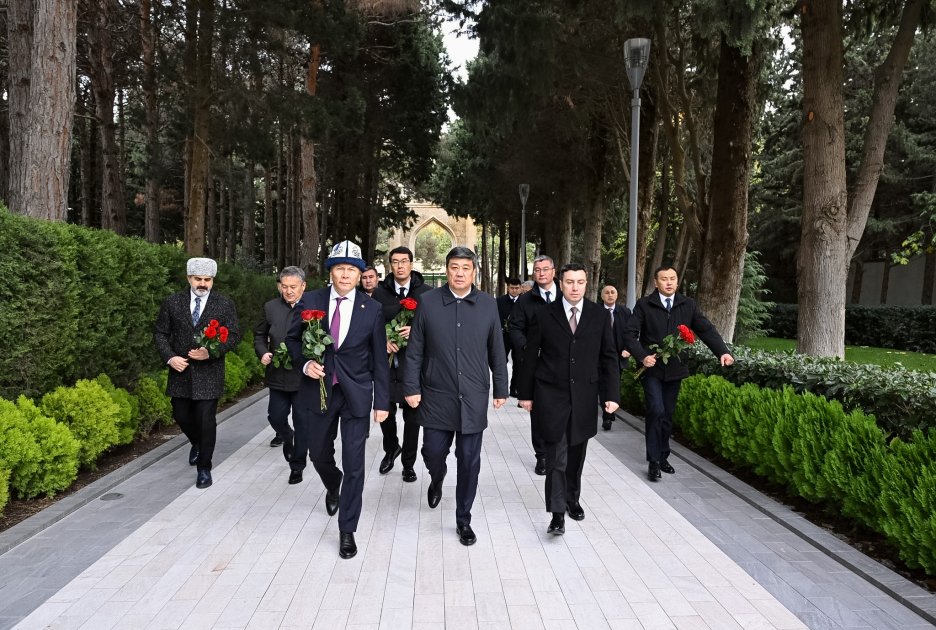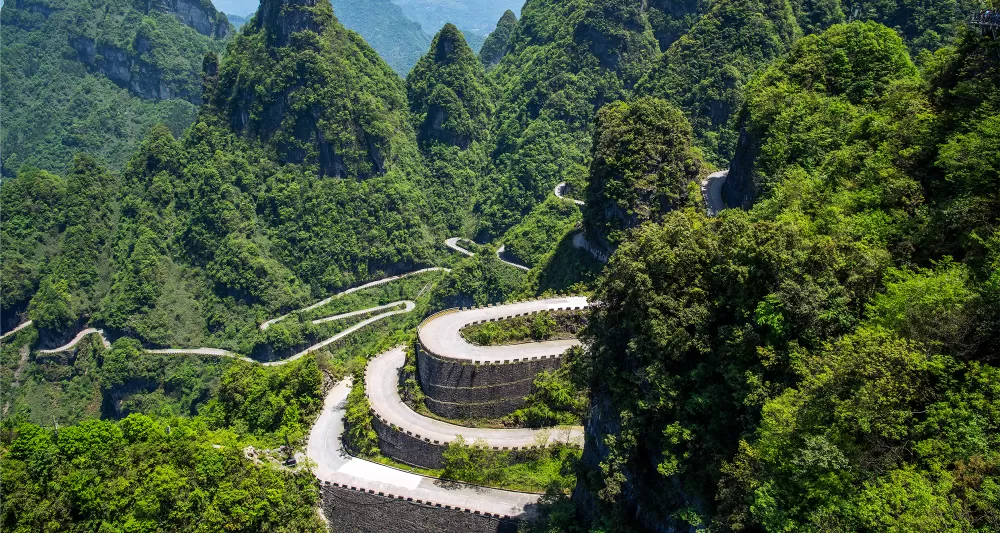Currently Azerbaijan has been progressing very actively in the shift from the traditional energy path, that clearly indicates the country’s understanding of the international problems and its participation in their resolution. With increasing climate changes across the world, Azerbaijan is to host the UN COP29 starting from November this year with key themes tackling new human related problems through innovative solutions. Such commitment demonstrate the country’s readiness to spearhead sustainable development and fight global environment issues.
The overall potentials in Azerbiajan’s renewable energy resources are significant to introduce renewable and sustainable energy source along with more conventional energy sources. Without doubt, the liberated lands of the Azerbaijan – Garabagh and Eastern Zangazur are now declared to be green zone by the President’s order. Hydropower plants on these lands are being constructed, with new facilities to be created with water supplied from springs and melting waters of Lesser Caucasus mountain range beginning in Azerbaijan.
However, “Zar” with 4.3MW capacity and “Toghanaly” with 4.1MW have been constructed by the “AzerEnergy” OJSC in one year located at the Goygol district. These projects represent the country’s development trends in terms of green energy and sustainable development.
Recently there was an article in an Azerbaijani newspaper, the author of which was the Minister of Energy, Parviz Shahbazov, and he discussed energy security and the use of renewable sources of energy. He focused on the rebuilding process in the liberated territories and the utilization of renewable energy sources alone in such territories. Shahbazov asserts that the overall consumer demand for electricity in Garabagh and Eastern Zangazur is supplied only by “green energy”.
The main source of clean energy in the region is hydroelectric power stations that comprise Garabagh and Eastern Zangazur where hydropower potential is high.” The electricity consumed in these regions meets 100 percent with green energy, and any excess is exported to the national power grid,” said Shahbazov. “To the present, 32 hydropower plants with 270 MW have been implemented that generates more than 600 million kW of hydropower yearly, eliminated over 160 million cubic meters of natural gas and minimized CO2 emission of more than 330 thousands of tons.”
The Minister also spoke about further construction of 28 new hydropower stations. The approved recent “Action Plan for implementing the ‘National Strategy for Efficient Use of Water Resources’ for 2024-2027” envisages the construction of 28 more hydropower plants as of now ; there are six small hydroelectric power plants under construction at the moment.
Moreover, attempts to develop the liberated funds are being made at the moment. The Turkish company “Demirören Yatırım Holding A.Ş.” is also involved in the reconstruction and putting into operation of the five small hydraulic pumped storage power plants located in Kalbajar and Lachin regions on the Hekari and Tartar Rivers. There is working a contract between the “Arges Enerji Team” LLC and the “Azerbaijan Investment Company” OJSC and the laying of foundation of one of the small hydro electric power stations has done in Lachin and there are many more measures in progress for the others.
Existing and planned hydroelectric power stations such as “Khudafarin” and “Giz Galasi” hydroelectric stations launched in May this year and 140MW hydroelectric power stations to be commissioned shortly are indispensable for introduction of Eastern Zangazur as a green energy zone.
The practical measures which relate to establishment of the entity of green energy zone for 2022-2026 also go beyond the framework of the latter. It covers every activity associated with the energy transition process. Within this context, the Archimedes installation offered as a whole has a capacity of 636 kW, while more than 2000 kW of solar systems have been integrated to private, public and social buildings, solar powered energy-efficient lighting posts, wise parking and charging zones. These measures remain in progress, and I provided this progressive concept fully to disseminate it in the liberated territories to create a model region of energy efficiency. Formally defining Garabagh and Eastern Zangazur as a green energy zone is an important step toward our target to cut emissions by 40% for 2050.
So in the end, according to my opinion the active steps towards the development of a green energy policy and concept in Azerbaijan are evident from the investments made in renewable energy and projects undertaken in the liberated territories of Garabagh and Eastern Zangazur. In order to develop hydro electricity and sustainable power sector within the country, the government even targets to supply energy and be part of mitigating the climate change phenomenon. While getting ready to host the UN COP29 event, the course towards the creation of a net-zero emission zone indicates that Azerbaijan is ready to lead the way to the future. Thus, Azerbaijan is already an active participant in constant programs and international cooperation, which will one day turn it into an example of the green energy sector in the region.
Ms. Fatima Tuz Zehra is the Editor-In-Chief of The Gulf Observer

President “The Gulf Observer Research Forum” and the Editor-In-Chief, https://thegulfobserver.com














